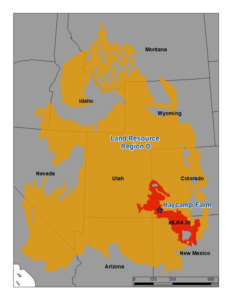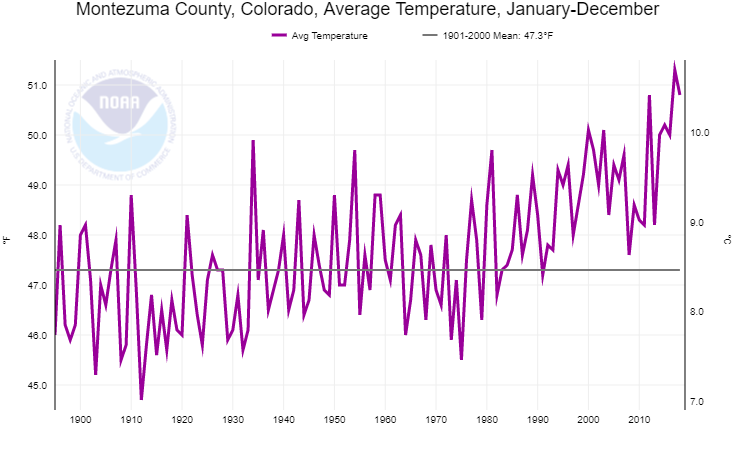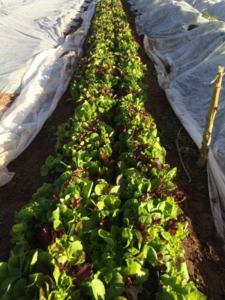Haycamp Farm Case Study
Project Area Description
Haycamp Farm and Fruit is a small, diversified family farm sitting at 7,000 ft elevation on the eastern edge of the Colorado Plateau in southwestern Colorado’s Montezuma County. Landforms in most areas are controlled by the underlying sedimentary rock formations, but fluvial landforms are in the Rio Grande rift basin at the southeastern extent of the MLRA. The dominant soil orders in this MLRA are Alfisols, Inceptisols, Entisols, Mollisols, and Aridisols.

Management Goals and Objectives
The overall mission of Haycamp Farm is to continue producing food for local consumption with no chemical fertilizers or pesticides while subscribed to organic production methods that emphasize soil health and minimize off-farm inputs. The first step is to continue to grow diversified, profitable operation including livestock production, produce, and fruit while maximizing efficient use of irrigation water. They also want to evolve business and increase farm efficiency to enhance lifestyle and social capital.
Key Climate Change Impacts
For this project, the most important anticipated climate change impacts include:
Projected increase in temperatures by 3.5 to 8.5°F by 2085
5 to 30 more days per year with a maximum temperature exceeding 95°F

Southwest region is expected to experience between 0 and 25 fewer days per year with a minimum temperature below 10 degrees Fahrenheit by the middle of the century
Increase in prolonged droughts
May increase wildfire risks in the Southwest by the end of the century
Key Climate Change Challenges and Opportunities
Climate change will present challenges and opportunities for accomplishing the management objectives of this diversified family farm and include: A predicted increase in temperatures in the Southwest will have adverse impacts on the farm, causing earlier runoff and higher evaporation rates. Consequently, this will affect the storage of water, as it is unclear if the current reservoir will be able to store the appropriated water. Higher temperatures will also affect many of the crops, presenting the risk that some will not grow or pollinate. This will pose problems to the livestock operation as well; the animals will need shade to prevent overheating, and the danger of various pest and disease issues will intensify.
With an increase in temperature comes a decrease in cooler days. This may be beneficial to both livestock and vegetable crops as they will experience less cold stress, however, it may be detrimental to orchards, risking more early bud break as well as the overwintering of larvae. More prolonged droughts are also expected in the region, resulting in unpredictable irrigation patterns. This causes decreased forage production and increased cost of hay for livestock. These prolonged droughts may increase wildfire risks, lowering water and air quality in the area.
ADAPTATION ACTIONS
The Adaptation Workbook was used to identify some potential adaptation actions for this project, including: reduce tillage and research bed shaper which minimizes soil disturbance and improves soil food function while maintaining or increasing SOM, plant diverse cover crops between vegetable cash crops to provide soil cover and living roots to build a healthy soil food web, reduce/eradicate knapweed to enhance desirable pasture species and increase forage/carrying capacity for livestock when incorporated with crop unit and maintain or increase SOM, select summer pasture with adequate shade for livestock; plant trees in pasture lacking shade to decrease heat stress on animals and pasture grasses and reduce evapotranspiration of pasture grasses, and incorporate planned rotational grazing with grazing rest periods and stocking densities to ensure a healthy pasture, livestock, and soil which increases the diversity of pasture spp and supports pollinators by allowing forbs to bloom.
